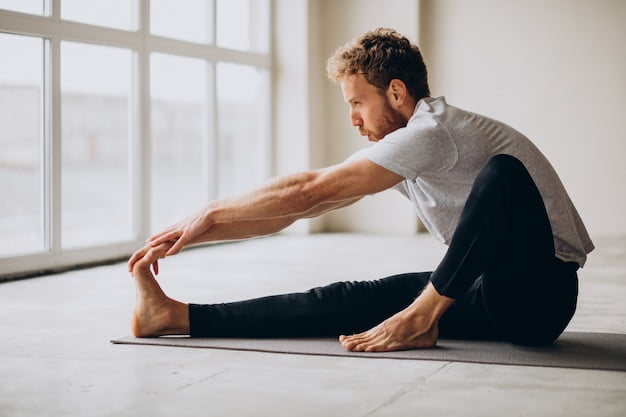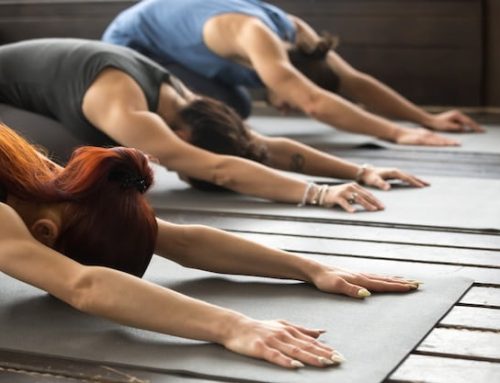Introduction
Stretching has been widely regarded as one of the most effective ways to help the body stay in good shape, and for good reason. It can help reduce the risk of injury, improve flexibility, and enhance overall mobility. However, there are also some potential drawbacks to stretching that are important to keep in mind. In this article, we will explore some of the disadvantages of stretching and how to approach stretching in a safe and effective way.
Stretching can lead to injury
While stretching is often seen as a way to prevent injury, it can actually increase the risk of injury if not done correctly. Stretching too aggressively or without proper warm-up can lead to muscle strains, tears, or other injuries. It’s important to approach stretching gradually and gently, and to avoid pushing beyond your limits. Stretching should also be done after a proper warm-up, which can help increase blood flow and prepare the body for movement.
Stretching can cause muscle soreness
Another potential downside of stretching is that it can cause muscle soreness, especially if you’re not used to stretching regularly. This can be particularly true for dynamic stretches, which involve movement and can put more stress on the muscles. While some soreness is normal and can be a sign of progress, it’s important to listen to your body and avoid overdoing it. Stretching should be done in moderation, and any pain or discomfort should be addressed before continuing.
Can stretching be time consuming?
Stretching requires time and commitment, which can be a challenge for many people. It can be hard to fit stretching into a busy schedule, and it may require sacrificing other activities or hobbies. However, the benefits of stretching are well worth the effort, and there are ways to make stretching more manageable. For example, you could try incorporating stretching into your daily routine, such as taking a few minutes to stretch before bed or after waking up.

The Gradient Fitness Stretch Strap is a 2.4m long, 38mm wide strap featuring 12 independent stretching loops and ultra-soft neoprene padded handles for ultimate comfort. Designed by Physical Therapists, it is made of 100% premium quality nylon webbing, setting it apart from traditional elastic or latex resistance bands. It is highly durable, endorsed by Rehab Specialists, and ideal for a variety of exercises—from yoga and hamstring stretching to CrossFit. The strap comes with a professional 12-exercise poster and a convenient nylon storage bag, making it portable and user-friendly. Perfect for those looking for a reliable, comfortable, and versatile stretching aid.
Stretching may not be suitable for everyone
Stretching can be beneficial for most people, but it may not be suitable for everyone. People with certain medical conditions, such as arthritis or osteoporosis, may need to modify their stretching routine or avoid certain stretches altogether. Additionally, older adults may need to be cautious with stretching, as they may be more prone to injury. It’s important to consult with a doctor or physical therapist before starting a stretching routine, particularly if you have any medical conditions or concerns.
Stretching can reduce muscle strength
While stretching can improve flexibility, it can also reduce muscle strength, particularly if done excessively or without proper warm-up. This can be especially true for static stretching, which involves holding a stretch for an extended period of time. While some reduction in muscle strength is normal, it’s important to balance stretching with strength training to maintain overall muscle health.
Stretching can be boring
Let’s face it: stretching can be boring. It can be hard to stay motivated to stretch regularly, especially if you’re not seeing immediate results. However, there are ways to make stretching more enjoyable and engaging. You could try incorporating music or podcasts into your stretching routine, or finding a stretching partner to keep you accountable. You could also try different types of stretching, such as yoga or Pilates, to mix things up and make stretching more interesting.
Conclusion
Stretching has many potential benefits, but it’s important to approach stretching with caution and awareness. By keeping in mind the potential drawbacks of stretching and taking steps to minimize the risks, you can ensure that you’re getting the most out of your stretching routine. Whether you’re a seasoned athlete or just starting out, incorporating stretching into your fitness routine can help improve your overall health and well-being.






